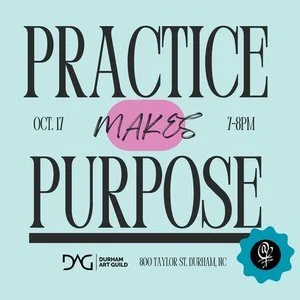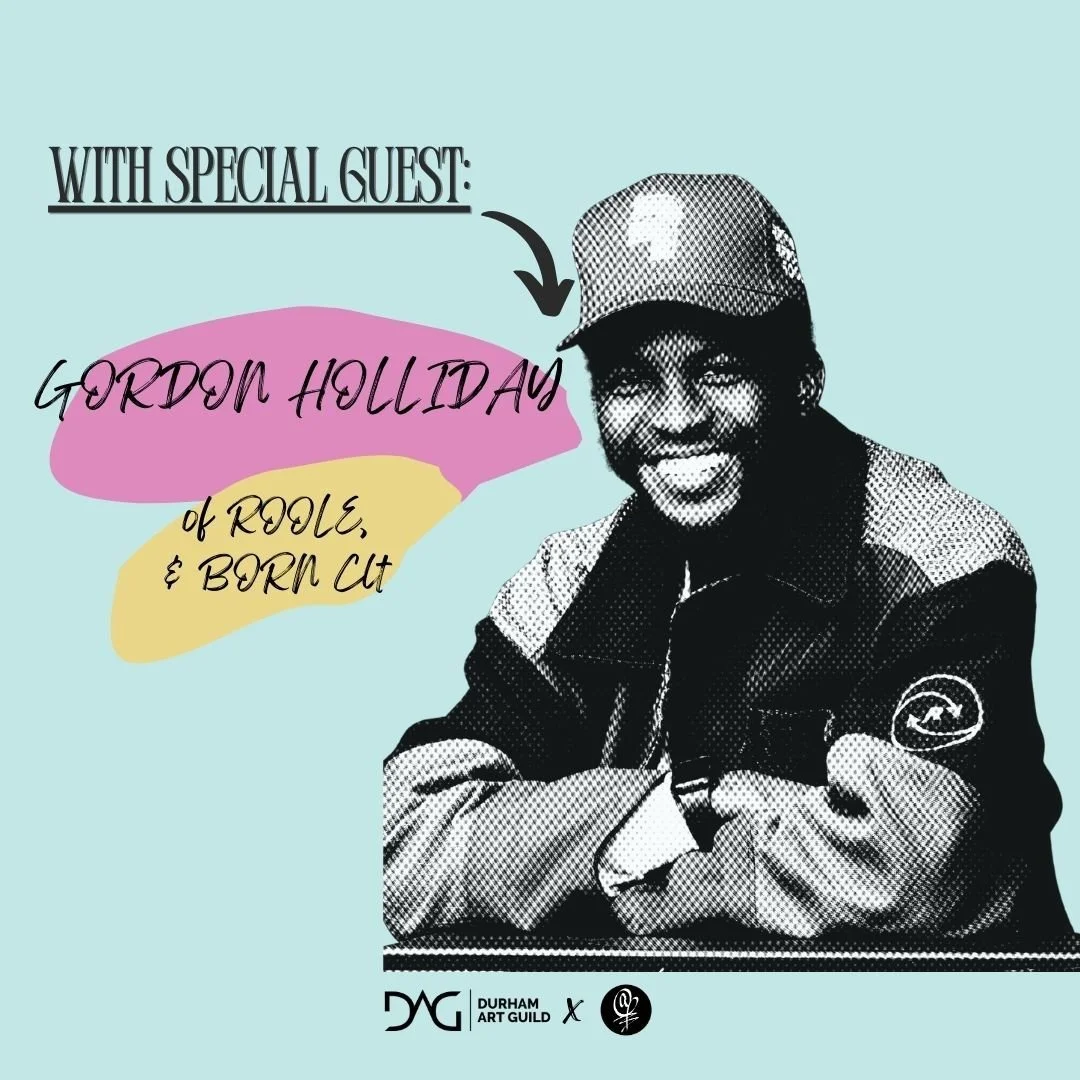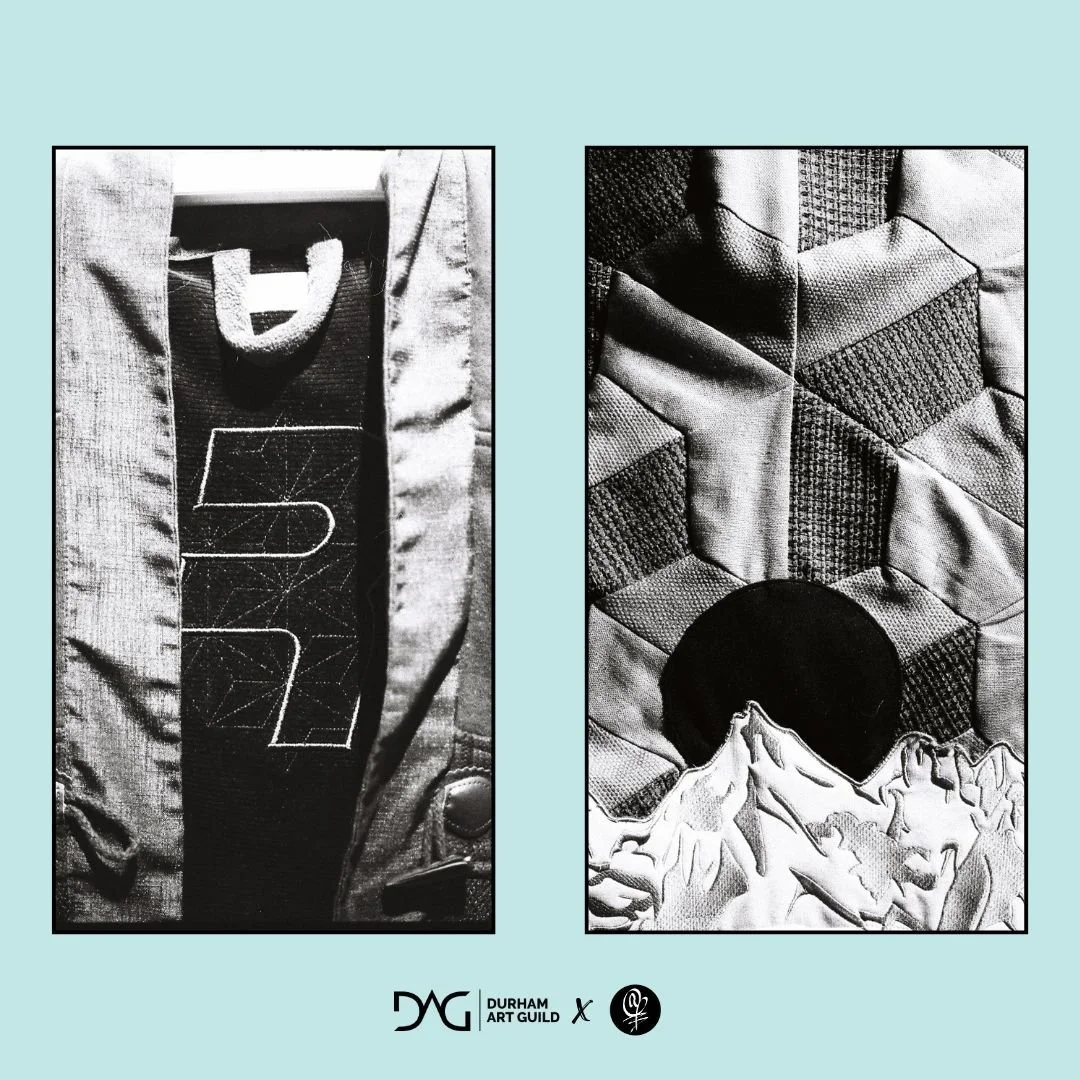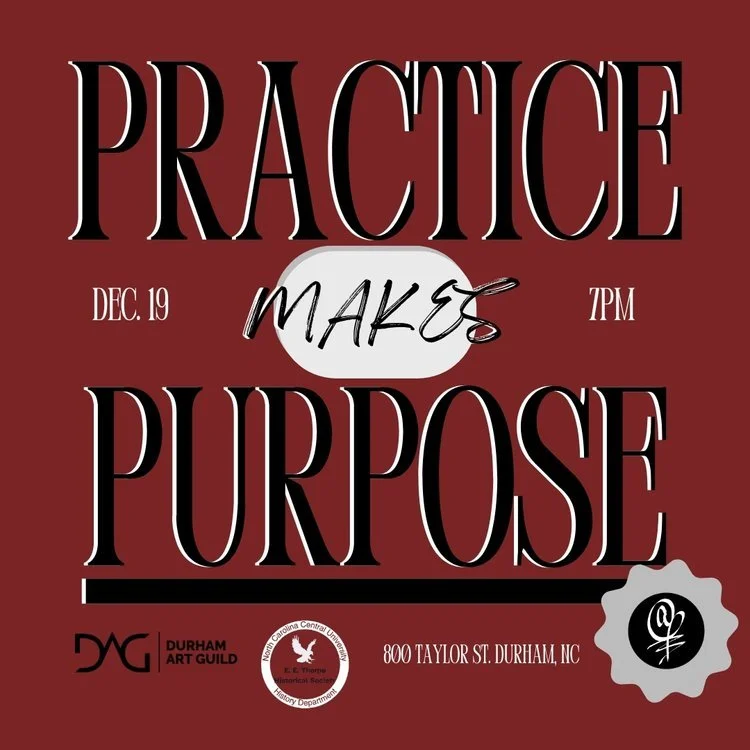Artists Asked to Discuss Practice, Pivots and Purpose in “Practice Makes Purpose”
Kylie Marsh
December 18, 2024
I started writing for the Durham Art Guild in January, as an intern tasked with uncovering the hidden artists in the Triangle. As the program ends, intimate and candid discussions with artists will continue with Practice Makes Purpose.
Practice Makes Purpose is a talk series spearheaded by Art Guild Community Program Coordinator Anthony Patterson. Patterson, a practicing artist himself, also directs the Creative Mentorship program and the Artist in Residence Program for the Guild.
I attended the event in October, which featured Gordon Holliday, the fashion designer and textile upcycler featured in Forbes and worked with Ikea and Adidas — just to name a few accomplishments.
Practice Makes Purpose focuses on three P’s: practice, pivots and purpose. Patterson explained that the practice part is about “expectations versus reality.” The pivots aspect is a discussion of life and an artist’s career, like “when things go left,” Patterson explained. Lastly, purpose is a discussion on pursuing a “mission according to something greater than yourself.”
During the discussion, Patterson asked what it means to be an “established artist,” something I discussed with artists in my earlier reporting throughout the journalism project. In typical artist fashion, Gordon Holliday explained that his break into the industry was “a little bit unconventional.”
Patterson then asked about a typical day in the life of a working artist. Holliday is working on multiple projects all at once for clients but prioritizes a balance with his family.
“Personal time and studio time is a balance,” said Holliday.
Patterson and Holliday reminisced on their time as students at UNC Greensboro, where they both got their undergraduate degrees. That was inspiring for me and audience members, many of whom were students at North Carolina Central University.
To see a local artist go so far and to know they’ll go even further is something that is so crucial to a community of artists coming from marginalized and underserved communities. It gave audience members something to aspire to and showed them that success is possible, especially through creativity, which is often discouraged, especially when it comes to talking about a career.
Holliday talked about working hard, never giving up, and learning skills through an embroidery studio in Greensboro that gave him the foundations to start his own brand.
Participating in this program gave me a dream opportunity to write about art in Durham — two things that are key pieces of who I am. Having grown up in Durham and being a lifelong artist trained in journalism, this program was made for me!
I worked closely with Liz Gage, the Executive Director of DAG, in the early stages to formulate the direction and mission of the project. We agreed that we wanted to focus on artists coming from marginalized communities who may not be tapped for galleries or open calls. We also agreed that, through my writing, I could explore what it means to create for money, and how that impacts the final product or work of art. I enjoyed writing about that in a few of my pieces.
I got the opportunity to connect with artists I never would have before and have conversations to share with others who are in the same boat, possibly struggling to create because of the negative self-talk in their heads. Art is in everything; whether it be upholstery, 3-dimensional modeling, or nails.
I gained experience in both remote and on-the-ground reporting with this program. I also had fun making podcast episodes for some of the articles. I am grateful to the Guild for giving community members opportunities to excel. I aspire to cover more artists, more shows, and more talks. My mentor, Starletta Watson, helped put the finishing and polishing touches on my writing. She’s the one who helped me realize that I have to be clear in communicating what I already know to a reader who’s coming with no prior knowledge of the subject, artist, or exhibition. Essentially, she helped me get my writing to actually make sense.
One piece that I am particularly proud of was my coverage of Mothers 4 Ceasefire Durham’s art show to benefit survivors in Gaza. Journalism is about reporting the news, but that is also an essential part of the historical record. I am honored that I could write about art, one of my passions, while also participating in documenting one of the biggest historical events of our lifetimes; and more importantly, that I could document the power of art as politic.
I have struggled to find my niche in the Durham arts scene as a creator. I’ve socialized marginally with a few artists, but I never applied to fellowships or residencies, partially because I was never formally trained in art. I’m a casual “consumer” of art, as I frequent museums and galleries and follow thousands of artists on social media. Through this program, I have connected with a lot of artists, made new friends, and mutually boosted some careers.
It’s like the interlockings among “practice,” “pivot” and “purpose.” These three are lessons that help you not only understand your expectations when driving into your purpose but also know how to make changes where it’s needed – and have the gusto to handle it!
Practice Makes Purpose helped me see that, as Patterson and Holliday discussed their journeys in art. In speaking with artists, I also learned valuable lessons about creativity and self-confidence – you can’t have one without the other.
The next Practice Makes Purpose is December 19 at 7 p.m. inside the Durham Art Guild Golden Belt Gallery.
